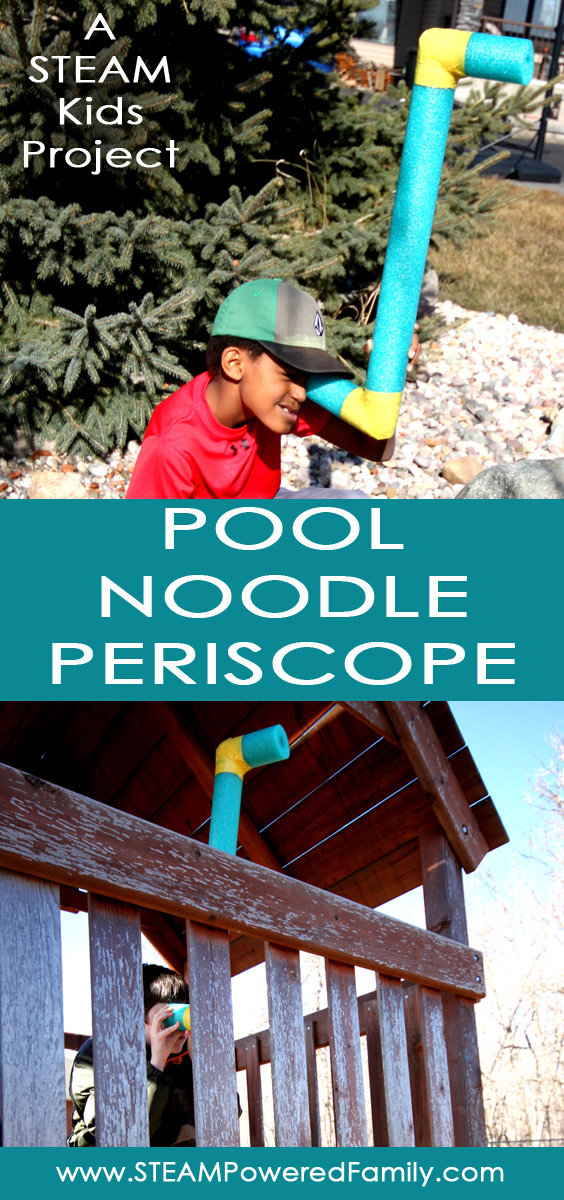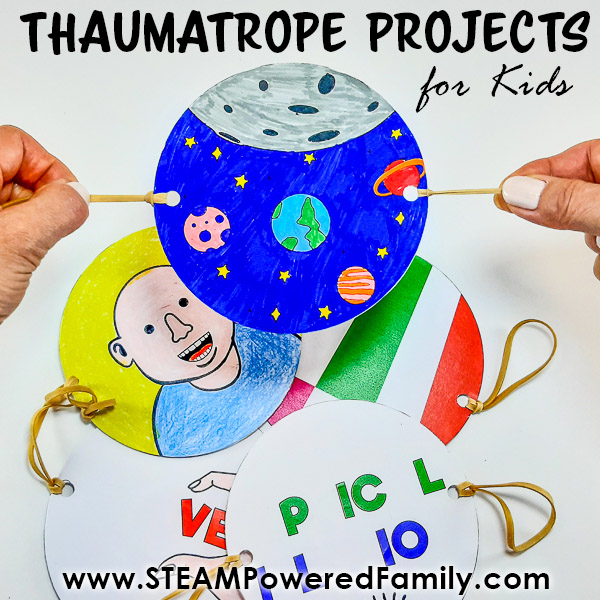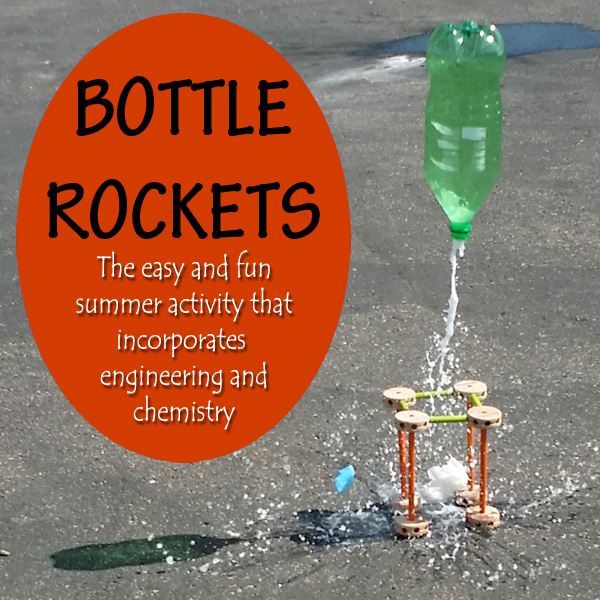Pool Noodle Periscope STEM Project
The pool noodle periscope is a fun way for kids to explore reflections and to learn a bit about math, measurements and angles. Decorate your periscope to add some art to your project! This simple periscope build is fantastic for summer camp or after school programs.
How to Make a Periscope
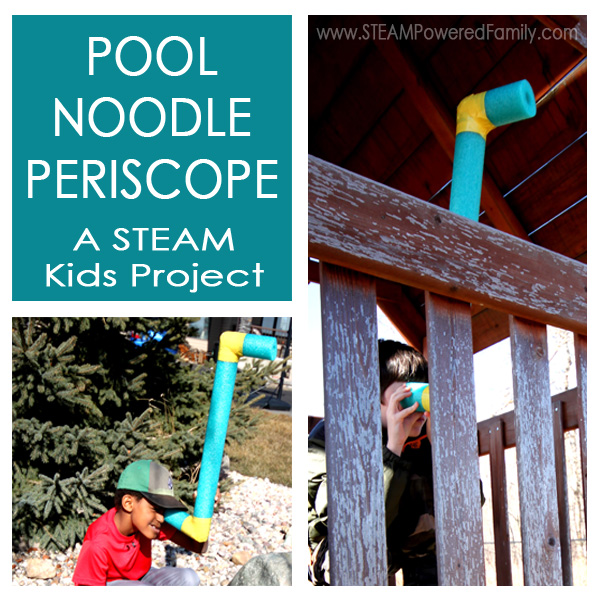
Disclaimer: This article may contain commission or affiliate links. As an Amazon Influencer I earn from qualifying purchases.
Not seeing our videos? Turn off any adblockers to ensure our video feed can be seen. Or visit our YouTube channel to see if the video has been uploaded there. We are slowly uploading our archives. Thanks!
What is a Periscope?
A periscope is a tube like device, kind of like a telescope but with two right angles. The unique design lets you look around walls, corners or other obstacles. Submarines have periscopes so that people inside can what is on the surface of the water. It is also a really fun tool for young spies running around the schoolyard or camp!
The Science Behind How A Periscope Works
A periscope is a useful example of the law of reflection at work. The law of reflection states that, on reflection from a smooth surface, the angle of the reflected ray is equal to the angle of the incident ray.
Light travels in a straight line until it hits an object. When a light ray hits an object like a mirror and bounces off, it is called reflection. Mirrors are very good at reflecting, they reflect most of the light that hits them, approximately 95%.
But wait, what are mirrors? Mirrors are essentially glass with a special coating on one side. Coating one side of a piece of glass with shiny metals can turn it into a mirror, reflecting light coming toward it. Window glass can reflect only eight percent of light hitting it, while mirrors can reflect 95 percent of light hitting them. The glass in a mirror is usually coated with a layer of silver or aluminum.
By placing mirrors in the right way we can also deflect light, and send it in a specific direction. This allows us to look around corners or over obstacles without being seen
How To Build a Simple Periscope
We have been wanting to make a periscope for a while but when I went to the store to price out some PVC pipe I was hit with MAJOR sticker shock. It was going to cost me close to $80 in materials to build a periscope. So I set out to create a periscope with items we had around the house and a dollar store pool noodle was the perfect solution!
Pool Noodle Periscope Supplies
A pool noodle, pick a nice straight one
A marker
Scissors or a knife for cutting the pool noodle (ensure adult supervision at all times when cutting)
2 Small round mirrors – 2″ worked perfectly in our pool noodles
Protractor
Tape (include pretty tape or electrical tape if you want to decorate your creation)
Glue
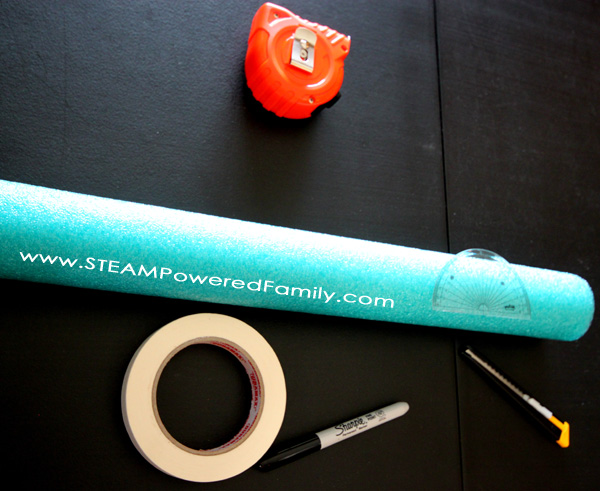
Directions
Measure the pool noodle marking 4 inches from the end with a dot on one side, then again at 6 inches from the end with a dot on the other side. These will mark the ends of your cuts and results in a 4 inch end piece.
Using a protractor mark off a 45-degree angle between your marks, using the dots as your end points. Cut. Turn and confirm it attaches to form a 90 degree angle. Adjust your cuts until you have a perfect 90 degree angle.
Insert the first mirror so it dissects the 90 degree corner. Use a bit of glue if you wish to secure it.
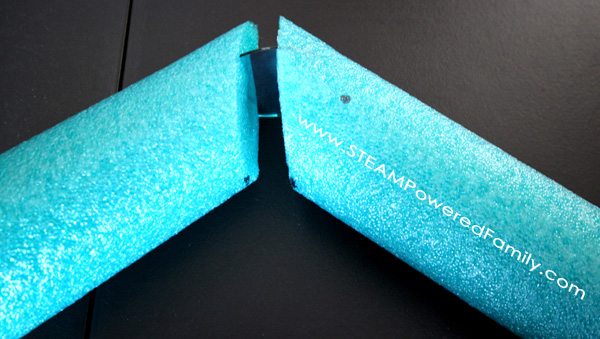
Tape your corner together securely.
Repeat on the other end with the second mirror at the other elbow but ensure your cuts are reversed so your periscope looks to the front.
Once your periscope is built, make sure you test it and make and adjustments needed until your mirrors are aligned perfectly.
Finally, use brightly colored tape, such as electrical tape, to decorate your pool noodle periscope.
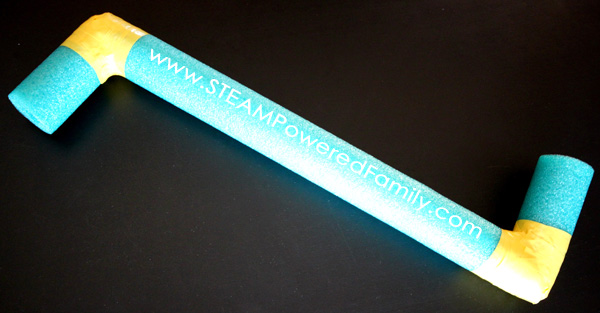
Troubleshooting
It’s important that your mirrors are placed at a 45-degree angle, because light always reflects away or bounces from a mirror at the same angle that it hits it. In a periscope, light from an object strikes the top mirror at 45° and bounces off at a 45° angle. This sends light directly down the tube and onto the lower mirror. This mirror, also at a 45° angle, reflects light directly to your eye where your eye and brain interpret the images.
Ensure you have the correct, reflecting side, of the mirrors facing into the periscope.
Project Adaptations
For younger children you may not feel safe using mirrors. Instead you can take tinfoil and wrap it tightly around cardboard to create a reflective surface. This eliminates the need for a mirror which could break if the periscope is handled roughly.
For older kids, challenge them to make periscopes that look behind them.
Now you know how a periscope works, what other materials can you build a periscope with? Try a cardboard tube, a box, a milk carton, or something else!
